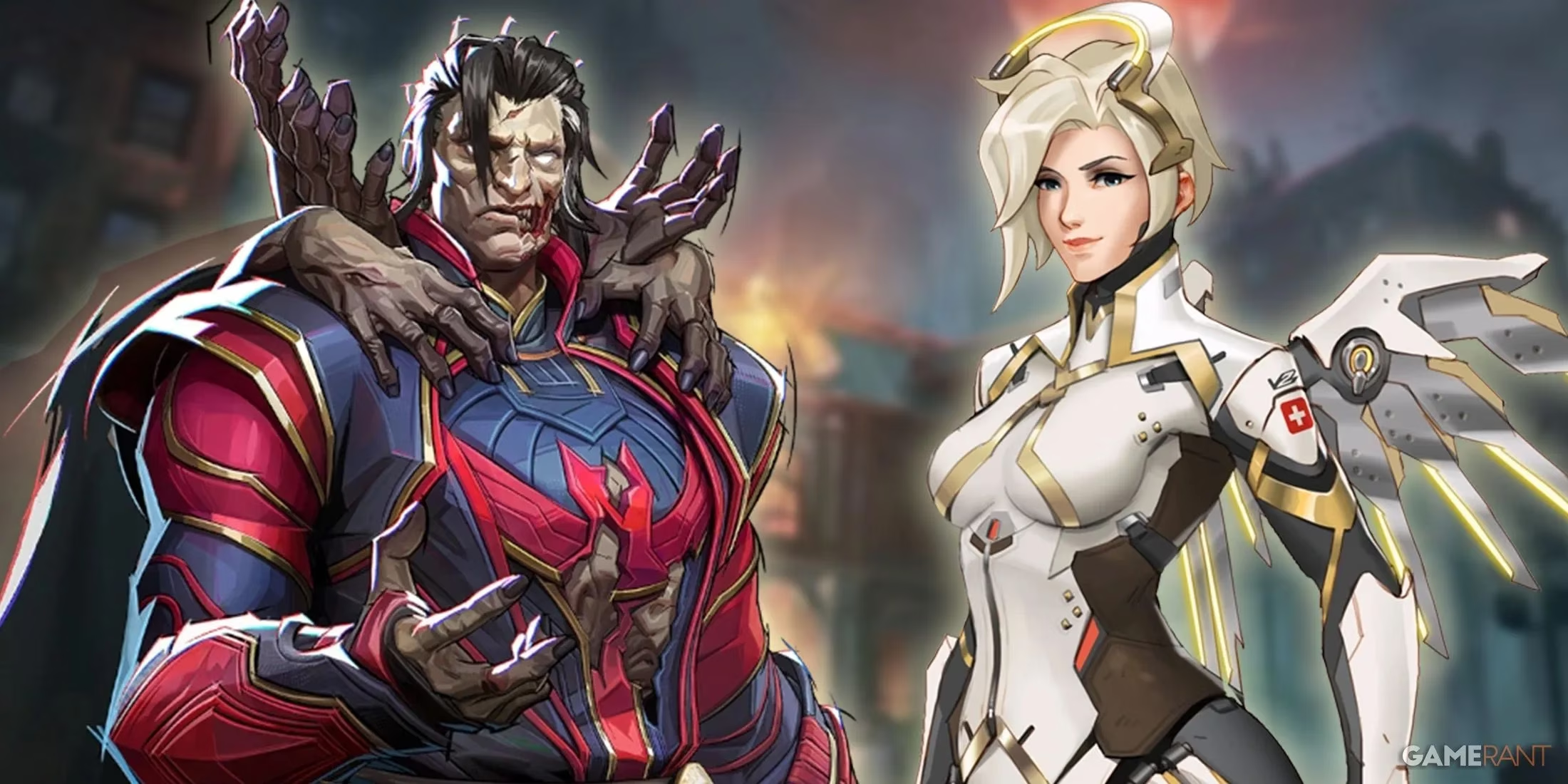The hero shooter landscape in 2025 continues to evolve dramatically, and Marvel Rivals stands tall as a vibrant testament to the genre's enduring appeal. With its frequent content updates—new maps, dazzling cosmetics, and a rapidly expanding roster—players consistently find fresh excitement whenever they dive into this Marvel-themed universe. Yet beneath its superhero spectacle lies a familiar DNA strand: the foundational blueprint pioneered by Overwatch. From character ability designs to game modes, Marvel Rivals wears its inspiration proudly, though there's one discarded Overwatch mechanic that might solve a growing challenge in this blossoming title.

Overwatch didn't just create a game—it engineered an entire playbook for hero shooters. Marvel Rivals adopted this legacy but added its own superpowered twist, categorizing heroes into three archetypes: Vanguards (tanks), Strategists (supports), and Duelists (damage dealers). The role assignments often feel instinctive—who'd question Hulk smashing as a Vanguard or Spider-Man's acrobatic Duelist flair? But then curveballs arrive: Rocket Raccoon's gadget-heavy kit and Loki's deceptive illusions landing them as Strategists. These unexpected choices showcase the developers' ingenuity, weaving unconventional concepts into functional team roles that somehow just work. Yet for all its creativity, a structural imbalance looms that even Doctor Strange might struggle to mystic away.
Here's where nostalgia meets necessity. Early Overwatch initially featured four distinct roles: Tank, Support, Offense, and Defense. Defense heroes like Torbjörn and Mei specialized in area denial—fortifying positions or controlling choke points—while Offense focused on aggression and mobility. This separation lasted years before Blizzard merged them into the single Damage class. Why? The naming conventions backfired spectacularly. Players wrongly assumed Defense heroes belonged exclusively on defending rounds, overlooking characters like Junkrat who could devastate attack payloads. The labels artificially restricted strategies, breeding toxicity when teammates picked "wrong" roles for map phases. Removing the divide liberated player creativity—but ironically, that same division might rescue Marvel Rivals today.
Marvel Rivals now faces a Duelist deluge. Consider these upcoming additions:
| Character | Role | Release Date |
|---|---|---|
| Jean Grey | Duelist | July 11, 2025 |
| Blade | Duelist | Season 3.5 |
With ~12 new heroes annually and Duelists dominating the pipeline, players already experience "role bloat" during selection screens. Insta-locking favorite damage dealers often creates unbalanced teams, breeding frustration that echoes Overwatch's early growing pains. Splitting Duelists into two subcategories—say, high-mobility Strikers and position-focused Sentinels—could redistribute the roster while honoring Marvel's diverse combat styles. Imagine the clarity:
-
🎯 Sentinels: Black Widow (sniping), Namor (area control via Aquatic Dominion), Moon Knight (ambush tactics)
-
⚡ Strikers: Spider-Man (rapid flanking), Star-Lord (aerial assaults)
Marvel Rivals already proves role names needn't confine playstyles—Ultron demolishes the "Strategist = healer" stereotype effortlessly. A new Sentinel classification could emphasize tactical space control without implying passive defense. More importantly, it would acknowledge fundamental gameplay differences between a close-range brawler like Hela and a precision expert like Hawkeye—heroes currently lumped together despite wildly different strategic impacts. ✨
From a player's perspective, scrolling through 20+ Duelists feels increasingly chaotic. There’s visceral satisfaction when team compositions click—Tank shielding, Support enabling, Damage executing—but that harmony shatters when five players all lock Duelists. Could reintroducing a refined Defense-style role restore that balance? It’s tempting to dismiss this as backtracking, but Marvel Rivals thrives by adapting Overwatch’s lessons rather than copying them. The game’s audacious roster growth demands structural innovation; otherwise, hero selection becomes a cluttered mess undermining tactical depth.
Yet lingering questions remain: Does artificially splitting one role truly enhance strategy, or just add unnecessary complexity? What if developers instead reimagined how roles interact at a systemic level—perhaps through dynamic synergy bonuses between certain hero pairs? And beyond Marvel Rivals, what does this say about hero shooters’ evolving identity? Are we witnessing genre maturation or creative stagnation masked as iteration? 🔍
The multiverse of possibilities stretches endlessly before us. As Marvel Rivals charges into Season 4, one can’t help but wonder—will it resurrect Overwatch’s buried experiments to forge something unprecedented, or will history repeat its compromises?